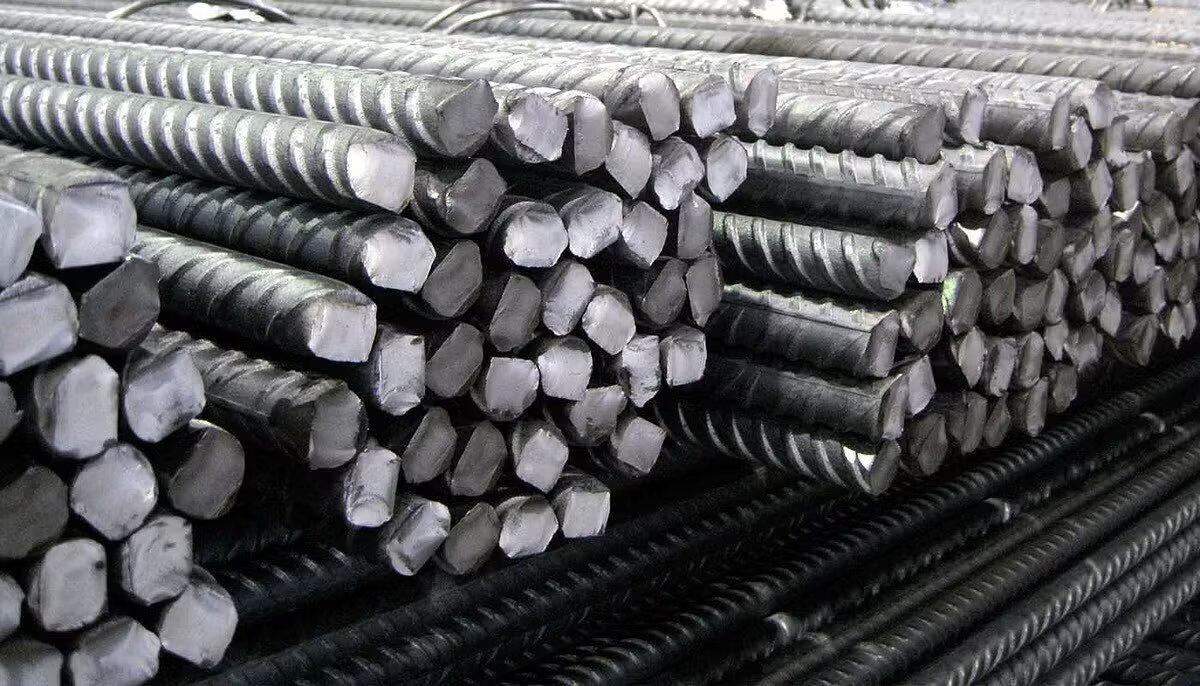Introduction:
Iron rods, also known as steel rods or rebar, are essential construction materials that have been used for centuries. Their strength, durability, and versatility make them indispensable in various industries and applications. In this blog post, we will explore the world of iron rods, shedding light on their uses, benefits, and the role they play in shaping our built environment.
I. Understanding Iron Rods
Definition and Composition:
Iron rods are long, cylindrical bars made primarily of iron and carbon. They are typically reinforced with other elements such as manganese, silicon, and sulfur to enhance their strength and durability. The composition of iron rods makes them resistant to corrosion and capable of withstanding heavy loads.
II. Types of Iron Rods:
Mild Steel Rods: Mild steel rods, also known as low carbon steel rods, are the most common type of iron rods used in construction. They have a relatively low carbon content, making them easy to weld and bend while maintaining their strength.
High Tensile Steel Rods: High tensile steel rods are designed to withstand higher loads and stresses. They have a higher carbon content and additional alloying elements, making them stronger and more suitable for demanding applications.
II. Applications of Iron Rods
Construction Industry:
Iron rods are extensively used in the construction industry for reinforcing concrete structures. They are embedded within concrete to provide tensile strength and prevent cracking or collapsing under pressure. Iron rods are commonly used in the construction of buildings, bridges, dams, and other infrastructure projects.
Manufacturing and Industrial Applications:
Iron rods find applications in various manufacturing and industrial sectors. They are used in the production of machinery, automotive parts, appliances, and furniture. Iron rods provide structural support, reinforcement, and stability in these applications, ensuring the durability and reliability of the end products.
Agriculture and Landscaping:
In the agricultural sector, iron rods are used for fencing, trellising, and supporting structures for crops. They provide stability and strength to protect crops from animals and adverse weather conditions. Iron rods are also used in landscaping projects for creating borders, retaining walls, and decorative structures.
III. Benefits of Iron Rods
Strength and Durability:
Iron rods are renowned for their exceptional strength and durability. They can withstand heavy loads, resist deformation, and maintain their structural integrity over time. This makes them ideal for applications that require long-lasting and reliable support.
Corrosion Resistance:
Iron rods are often coated with protective layers, such as epoxy or galvanized coatings, to enhance their resistance to corrosion. This ensures that the rods remain intact and structurally sound, even in harsh environments or exposure to moisture.
Versatility and Adaptability:
Iron rods can be easily shaped, bent, and welded to suit specific project requirements. Their versatility allows for customization and flexibility in various applications, making them a preferred choice for construction and manufacturing projects.
Conclusion:
Iron rods play a vital role in the construction, manufacturing, and agricultural sectors, providing strength, durability, and stability to a wide range of applications. Their versatility, corrosion resistance, and ability to withstand heavy loads make them indispensable in shaping our built environment. Whether it's reinforcing concrete structures, supporting machinery, or securing agricultural areas, iron rods continue to be a reliable and essential component in various industries. Embracing the strength and versatility of iron rods ensures the longevity and safety of our infrastructure and contributes to the development of a robust and sustainable future.
